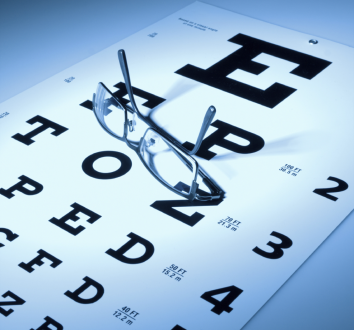Common eyesight problems
When checking your own eyesight or that of others it is useful to be aware of potential problems.
Lifting or dropping the head, turning to one side or tilting the head could indicate double-vision, a reduced field of vision, 'nystagmus' (a 'wobble' in the eye), or, in the case of those wearing spectacles it could indicate that a new prescription is required.
The tendency to close one eye can also suggest double vision. If this is severe and un-treatable, the driver can drive with one eye covered (providing that the eye being used has the appropriate field of vision).
Drivers with one eye can legally drive on a non-commercial licence (subject to passing the eye-sight test).
Monocular vision (one eye at a time) reduces depth of field, special care should be taken with night driving and when overtaking (potential judgment problems).
Defective colour vision: This is does not prevent a person from driving. However, you need to be aware of any potential problems associated with road signs, traffic lights, etc. It could mean, for example, that they need to be looking for shapes rather than colours when identifying signs.
Tunnel vision: Drivers must have a minimum of 120 degrees vision spanning the central field of view.
If you have any doubts about your own or a pupil's vision, it is important to consult an optician.
Next: Complete the checklist.
